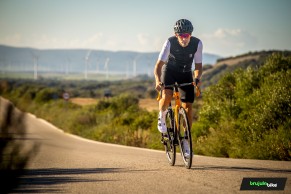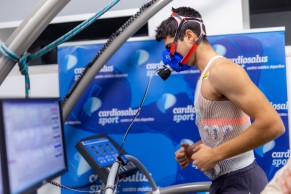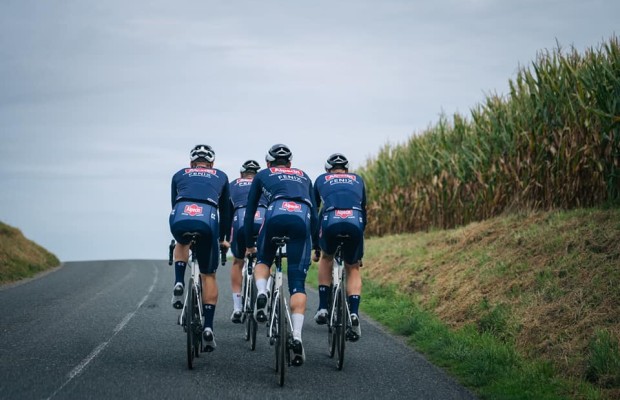Fat Max Training to efficiently eliminate fat
Having a metabolism as efficient as possible is essential to achieve the highest performance in endurance sports such as cycling. One of the best ways to achieve this efficiency is to teach the body to use fats as fuel to move the muscles and thus reserve the limited glycogen only for moments of greater intensity. We explain how to achieve this thanks to Fat Max training.

Make fats your allies with Fat Max training
Body fat is usually the number 1 enemy for the endurance athlete in general and for the cyclist in particular. It increases the cyclist's weight, harming the desired weight/power ratio, that is, the watts per kilo that are always used as a reference to quantify the cyclist's performance in climbs.
However, it is often overlooked that body fat is the main source of energy in long-term efforts and that our body's efficient use of it depends on delaying fatigue as much as possible and thus saving other more energetic substrates for really necessary moments.
RECOMENDADO
We remind you that depending on the intensity at which we pedal, muscle cells use different energy sources to a greater or lesser extent to generate the contractions of the muscle fibers that move our legs.

At low intensity, the main source of energy comes from the breakdown of fats, a practically unlimited energy given the large reserves stored by the body, usually more than necessary, but which requires a more complex process for the breakdown of the molecules that form them.
As the intensity increases, cells decrease the use of fats as they are not able to mobilize them at the necessary rate for their use and use other simpler molecules, carbohydrates that are stored in the liver and in the muscle tissue itself in the form of glycogen, a substrate that provides energy quickly although the amount that the body is able to store is also limited. Its use allows to increase the intensity of the effort.

The problem with glycogen is that waste substances are generated such as lactic acid that must be recycled and on the other hand the aforementioned limitation of available reserves. That is why, from a point where lactic acid is produced in greater quantity than can be recycled, the body ends up reaching a situation where it cannot sustain that level of effort and on the other hand, if the reserves are exhausted, we will also not be able to maintain an intense effort so we will also be forced to decrease the intensity. All this with the aggravating factor that the brain cells that control the whole process only work with glycogen so, when we run out of it, we suffer the dreaded bonk in which we are practically unable to pedal anymore.
Teaching the body
As you may have guessed, training our muscle cells to be able to use fats in more intense efforts will be a way to be more efficient and delay fatigue as much as possible, one of the objectives that has traditionally been sought with training such as long endurance sessions or fasting training in which we pedaled with completely empty glycogen stores.
However, recent studies have found a way to optimize this learning which is to train around the intensity at which the body uses the most fat, in the same way that we do to modify our anaerobic threshold by doing training around that intensity value.

This point at which the body is able to process the most fat is called Fat Max and is usually located around 70-75% of the maximum heart rate, around 62-63% if we refer to the VO2max. With these values, you can guess that to determine the Fat Max it will be necessary to perform a stress test with measurement of consumed and expired gases since, depending on whether the body uses more fats or more glycogen, the relationship between consumed O2 and expired CO2 varies, this is what is called RER or Respiratory Quotient.
Knowing the intensity value at which we burn more fats, we can apply different training techniques, similar to those we use, as we mentioned before regarding thresholds, to maximize fat consumption. This has two effects, on one hand the gain of efficiency as the cells adapt to consume, on the other, a greater ease to control body weight although, obviously, this does not mean that we have to continue taking care of the diet so that the calories ingested are less or equal to those spent with daily activity and training.
In any case, we are talking about training intensities much higher than those traditionally associated with endurance training and that also have an effect on resistance gain. This does not mean that long low-intensity rides are no longer necessary but it does add another strategy to work this quality more effectively.





